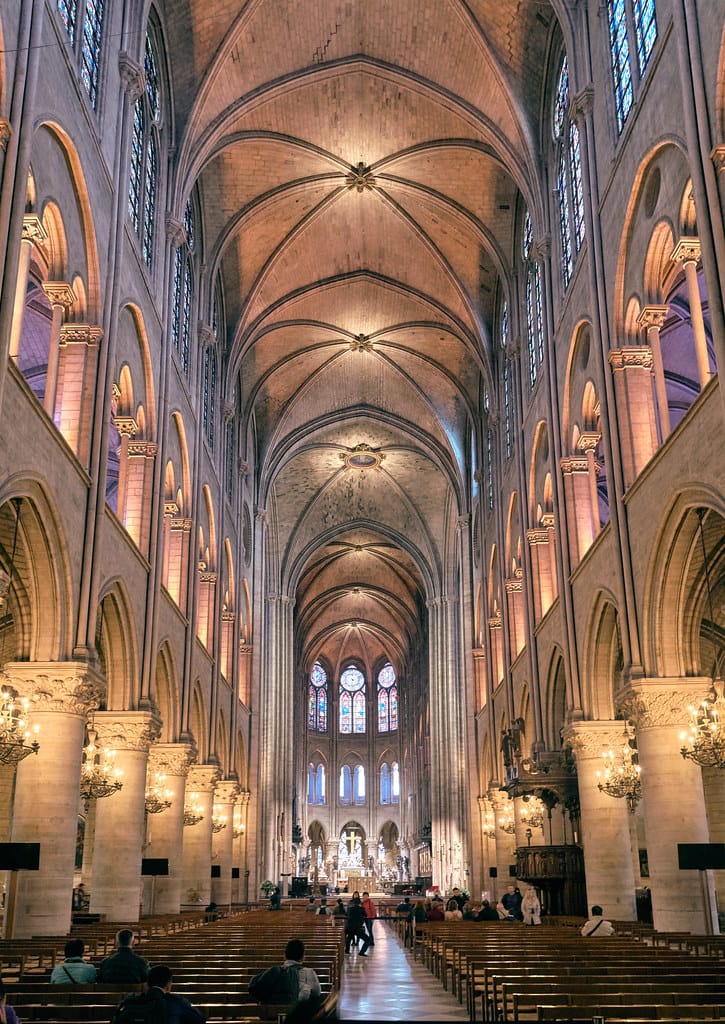Microsoft and France Partner to Bring Notre-Dame Cathedral Back to Life Through Revolutionary Digital Twin
In a groundbreaking collaboration that bridges cutting-edge technology with cultural preservation, Microsoft has announced its partnership with the French government to create an immersive digital replica of Paris's iconic Notre-Dame Cathedral. This ambitious project promises to revolutionize how the world experiences one of humanity's most cherished architectural treasures, even as the physical structure undergoes extensive restoration following the devastating 2019 fire.
Technology Meets Heritage in Unprecedented Detail
The digital Notre-Dame project represents more than just a virtual tour—it's a comprehensive digital twin that captures every stone, sculpture, and stained glass window with unprecedented precision. Using Microsoft's Azure cloud computing platform, advanced AI algorithms, and mixed reality technologies, the project combines laser scanning data, historical blueprints, and thousands of photographs to recreate the cathedral in stunning detail.
This digital reconstruction draws from an extensive archive of data collected both before and after the fire, including the meticulous 3D mapping conducted by art historian Andrew Tallon, who laser-scanned the entire cathedral in 2015. Combined with Microsoft's HoloLens technology and Azure's processing power, visitors will soon be able to explore Notre-Dame as it existed in its full glory, complete with interactive historical narratives and architectural insights.
Bridging the Gap During Restoration
With Notre-Dame's physical restoration not expected to complete until 2024 at the earliest, this digital initiative serves a crucial purpose for the millions of visitors who would typically flock to the cathedral each year. The project offers an immediate solution for cultural tourism while the actual building remains under scaffolding and construction barriers.
The digital experience goes beyond simple visualization. Users can journey through different historical periods of the cathedral, witnessing how it evolved from its 12th-century origins through various renovations and additions. Interactive elements allow exploration of architectural details typically invisible to regular visitors, such as the intricate wooden framework of the roof—much of which was lost in the fire—and the complex flying buttress system that has supported the structure for nearly 900 years.
Economic and Educational Impact
This digital preservation project carries significant economic implications for Paris's tourism industry, which lost an estimated 15 million annual Notre-Dame visitors after the fire. By offering an immersive alternative experience, the digital twin helps maintain international interest in the cathedral while supporting local businesses through continued tourism engagement.
Educational institutions worldwide are already expressing interest in incorporating the digital Notre-Dame into their curricula. The project provides unprecedented access for students studying architecture, history, art, and engineering, offering detailed views of construction techniques and artistic elements that would be impossible to observe in the physical structure.
Setting New Standards for Cultural Preservation
The Notre-Dame digital twin project establishes new benchmarks for how technology can preserve and share cultural heritage. As climate change, natural disasters, and human conflict increasingly threaten historical sites worldwide, this initiative demonstrates the vital role digital preservation can play in safeguarding humanity's shared heritage.
Microsoft's collaboration with French cultural institutions showcases how public-private partnerships can leverage advanced technology for cultural good. The project utilizes machine learning algorithms to enhance image quality, AI-powered restoration techniques to digitally repair damaged sections, and cloud computing to make the experience accessible globally.
Looking Beyond Notre-Dame
The success of this project has implications far beyond a single cathedral. The methodologies, technologies, and partnerships developed for Notre-Dame's digital preservation create a replicable framework for protecting other at-risk cultural sites. From ancient ruins threatened by erosion to historic buildings in conflict zones, the techniques pioneered in this project could help preserve countless irreplaceable cultural treasures.
The Future of Cultural Experience
As the digital Notre-Dame prepares for its public debut, it represents a fundamental shift in how we think about cultural preservation and access. This project demonstrates that technology doesn't replace traditional heritage experiences—it enhances and democratizes them, making cultural treasures accessible to global audiences regardless of physical, economic, or geographical constraints.
The partnership between Microsoft and France in bringing Notre-Dame's digital twin to life marks a pivotal moment in cultural preservation, proving that when technology serves heritage, the result can be truly transformative for both present and future generations.
